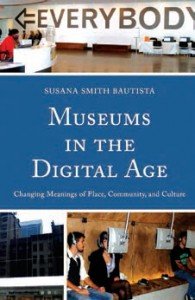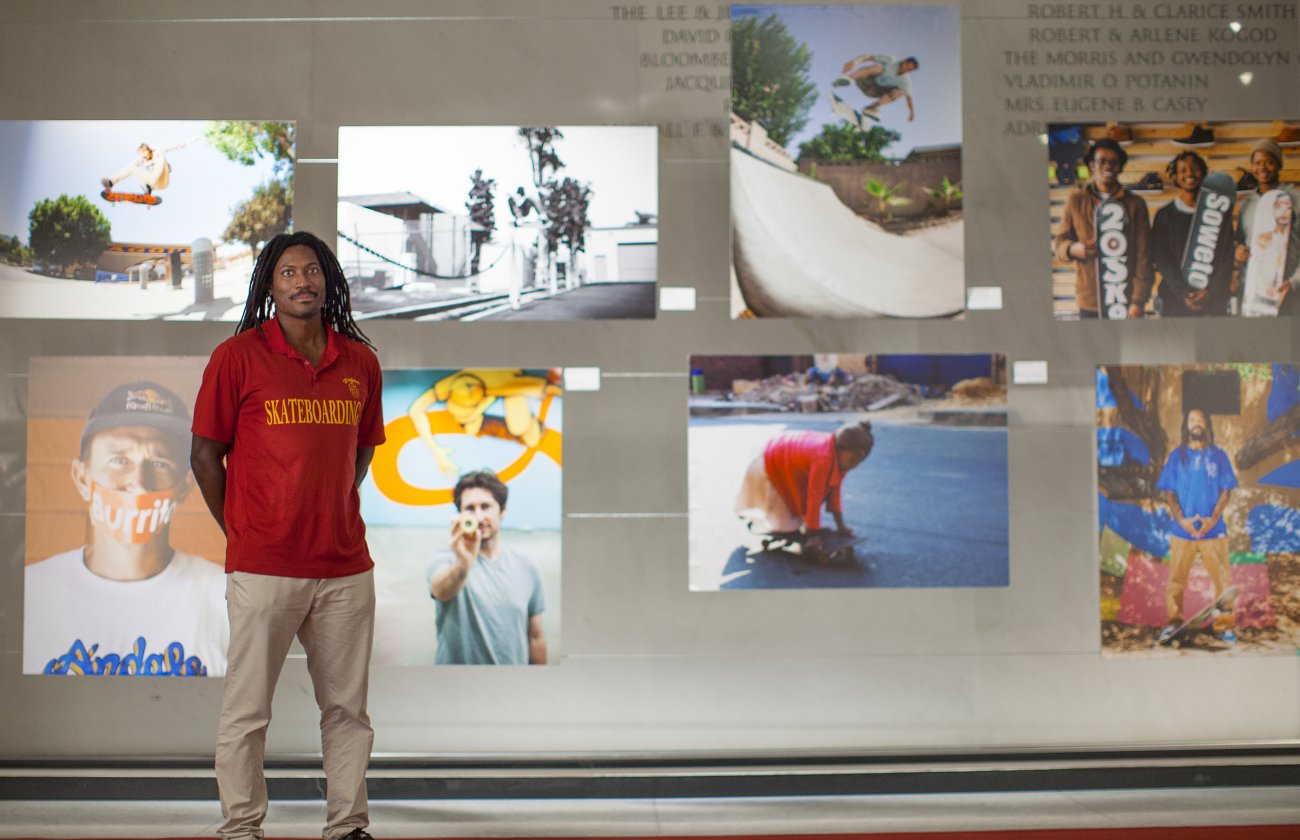 Museums’ attention to their visitors reached a peak in the late 20th century with the new museology and the populist trend. The field of visitor studies continues strong, with museums still commissioning and conducting studies that provide detailed information on both physical and online visitor demographics, behavior patterns and affinities. Aside from the more traditional surveys and focus groups, museums are adopting new practices for online analysis such as data mining and Web analytics, including geo-informational data mining that tracks location.
Museums’ attention to their visitors reached a peak in the late 20th century with the new museology and the populist trend. The field of visitor studies continues strong, with museums still commissioning and conducting studies that provide detailed information on both physical and online visitor demographics, behavior patterns and affinities. Aside from the more traditional surveys and focus groups, museums are adopting new practices for online analysis such as data mining and Web analytics, including geo-informational data mining that tracks location.
Museums are also maintaining strong connections with their local communities through public programming, institutional partnerships and school programs.
Technology facilitates all of these activities… even serving to create new global communities and affinity groups through social media. Ironically, however, there are dangers associated with these ostensibly positive activities. One risk arises when museums stereotype visitors in order to better understand their broad community by breaking it down into more manageable types of personality, activities and interest. This stereotyping leads to narrowcasting, a practice common in the advertising industry that directly targets select audiences, as opposed to the older form of broadcasting (television, radio, newspapers) that indiscriminately targets the masses.
An effort to personalize the masses is not dangerous by itself, nor is the museum’s increased focus on visitor affinities such as film, photography, social events and curatorial talks. The problem is that visitors are being defined by their demographic background and their past behavior, which museums and advertisers alike use to predict future behavior.
—Susana Smith Bautista, Ph.D ’12 Courtesy Altamira Press









